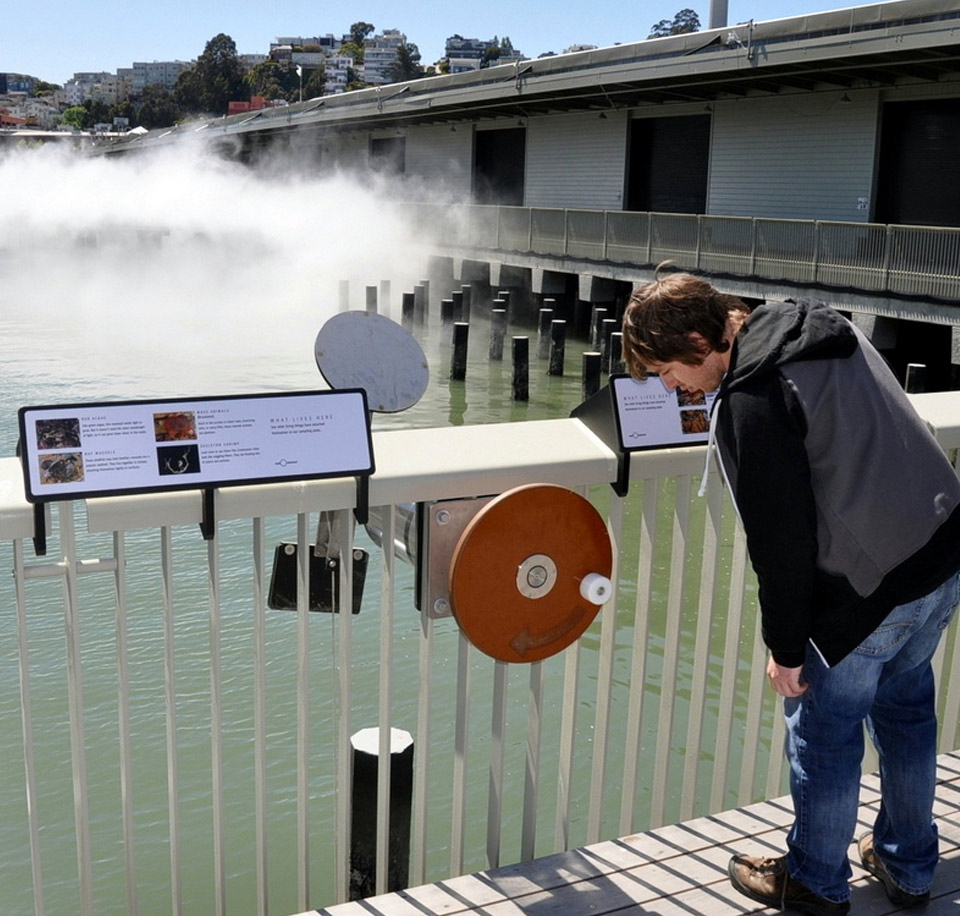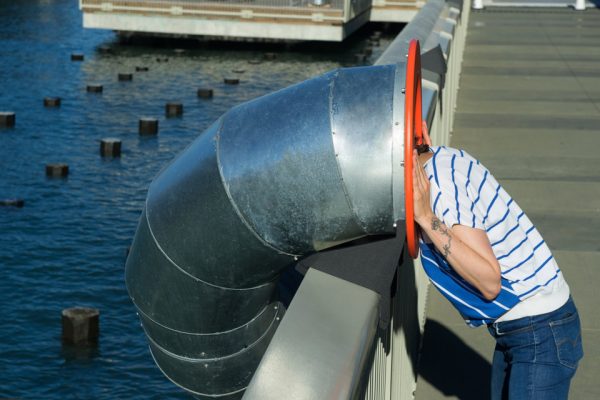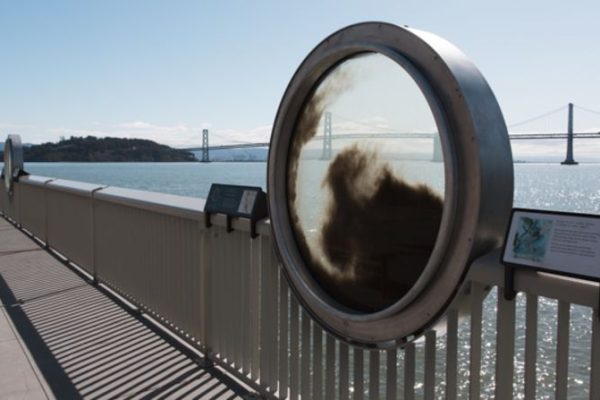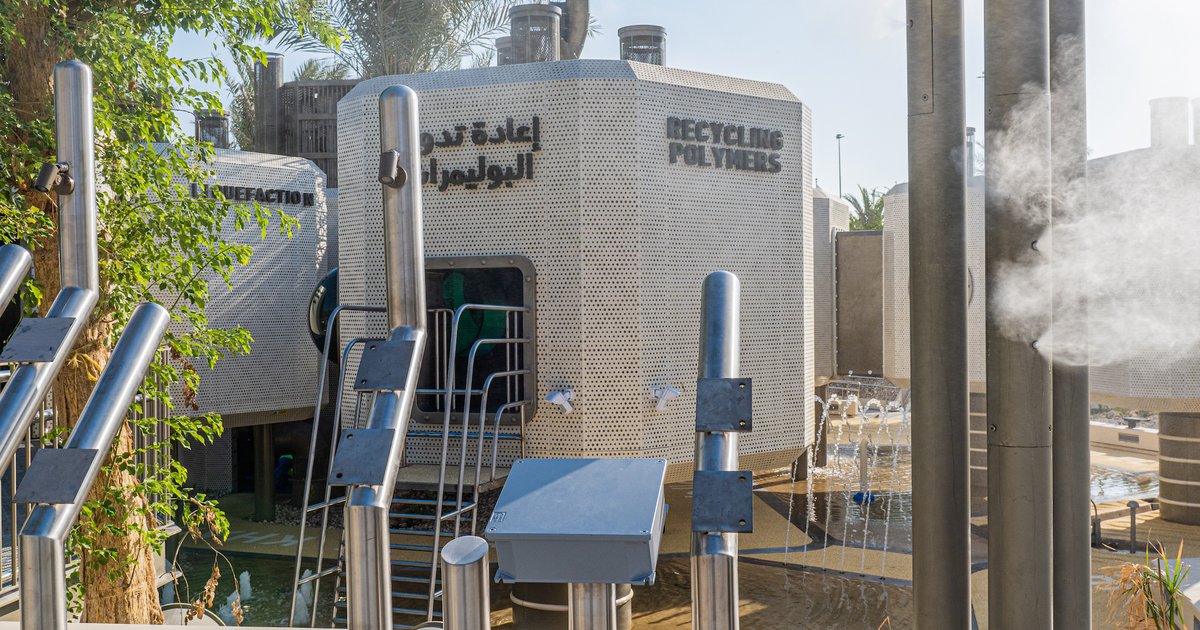Bringing interactivity to the great outdoors adds a layer of excitement and engagement to the traditional museum or science center experience. However, the journey of creating outdoor interactive exhibits comes with its own set of challenges and considerations, from material selections to fabrication processes and the impact of harsh climate conditions.
1. Material Selections: Weathering the Elements
a. Resilient Materials:
Selecting materials capable of withstanding the rigors of outdoor exposure is paramount. Weather-resistant metals, treated woods, and durable plastics are often chosen for their resilience against rain, sunlight, and temperature variations.
b. UV-Resistant Finishes:
Given the prolonged exposure to sunlight, incorporating UV-resistant finishes protects exhibits from fading and deterioration. These finishes help maintain the vibrancy of colors and the integrity of materials over time.
c. Corrosion-Resistant Components:
In regions with high humidity or proximity to saltwater, opting for corrosion-resistant components becomes crucial. Stainless steel and aluminum are popular choices to combat the corrosive effects of salt air. The material grade selections are quite crucial.

2. Fabrication Processes: Blending Art and Durability
a. Precision Engineering:
Outdoor interactive exhibits aka interactive outdoor equipment demand precision in engineering to ensure durability and functionality. Fabricators employ advanced techniques to create exhibits that can withstand both heavy usage and environmental challenges.
b. Sealed Electronics:
To protect electronic components from moisture and dust, fabricators often employ sealed enclosures. This safeguards the inner workings of interactive elements, maintaining their functionality in various weather conditions.
c. Modular Design:
A modular design approach facilitates ease of maintenance and updates. Should a component need replacement or improvement, a modular design allows for swift modifications without disrupting the entire exhibit.

3. Harsh Climate Conditions: Confronting Nature's Challenges
a. Waterproofing and dustproofing Measures:
Given the unpredictability of weather, waterproofing measures are essential. Sealed seams, gaskets, and waterproof enclosures protect electronic components and ensure the longevity of outdoor exhibits, even during heavy rain. Waterproofing measures provide dustproofing as well.
b. Temperature Tolerance:
Outdoor exhibits must be designed to withstand temperature extremes. From freezing winters to scorching summers, materials and components should be selected for their ability to endure a wide range of temperatures without compromising functionality.
c. Wind Resistance:
In regions prone to strong winds, exhibits need to be securely anchored. Fabrication processes take into account wind resistance, ensuring that outdoor interactive elements remain stable and safe for visitors.

4. Accessibility and Inclusivity: Designing for All Seasons
a. Inclusive Design:
Designing outdoor exhibits with inclusivity in mind is crucial. Considerations for accessibility, including tactile elements and alternative engagement options, ensure that the exhibits cater to a diverse range of visitors, including those with varying abilities.
b. All-Weather Engagement:
Creating exhibits that encourage engagement in all weather conditions enhances the visitor experience. Whether rain or shine, the goal is to provide a seamless and enjoyable interaction with the exhibits throughout the year.

A Symphony of Nature and Innovation
Crafting outdoor interactive exhibits is akin to orchestrating a symphony where nature and innovation harmonize. Through strategic material selections, meticulous interactive exhibit fabrication processes, and a keen understanding of climate challenges, these interactive equipment become resilient, durable, and captivating elements of the outdoor environment.
As institutions venture beyond traditional indoor spaces, the world of outdoor interactive exhibits opens up new possibilities for education, exploration, and the celebration of the natural world. By navigating the unique considerations of outdoor exhibit design, museums and science centers can invite visitors to engage with knowledge in the refreshing embrace of the great outdoors.





